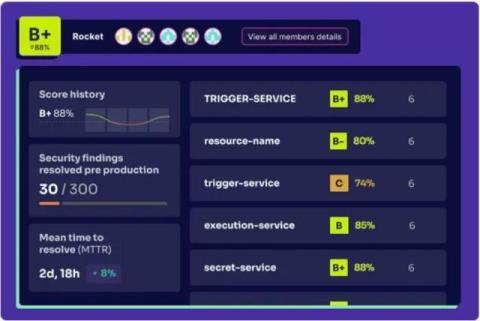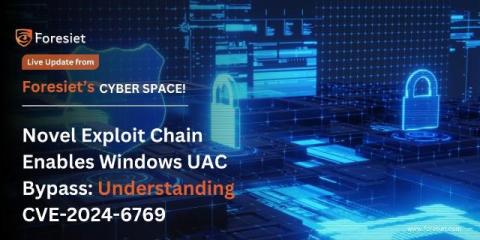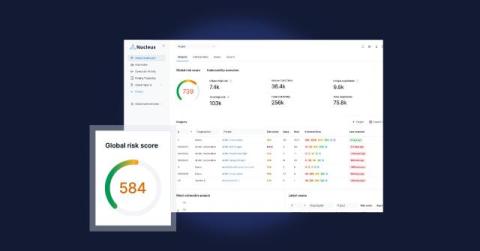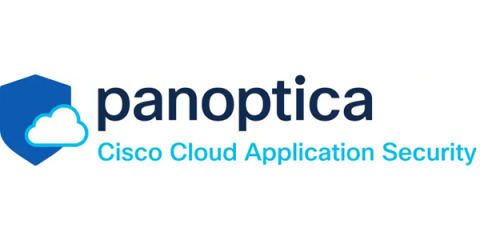New Features in Teleport Policy provide more insight into infrastructure policy risks
As modern organizations grow in size and complexity, managing secure access to computing infrastructure becomes a top priority. Teleport has introduced new features in Teleport Policy 16 aimed at making this easier and more efficient. With these enhancements, organizations can take a more proactive approach to security, ensuring better oversight and reducing potential risks.











